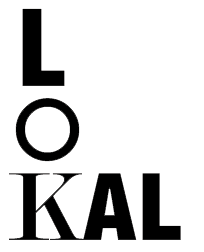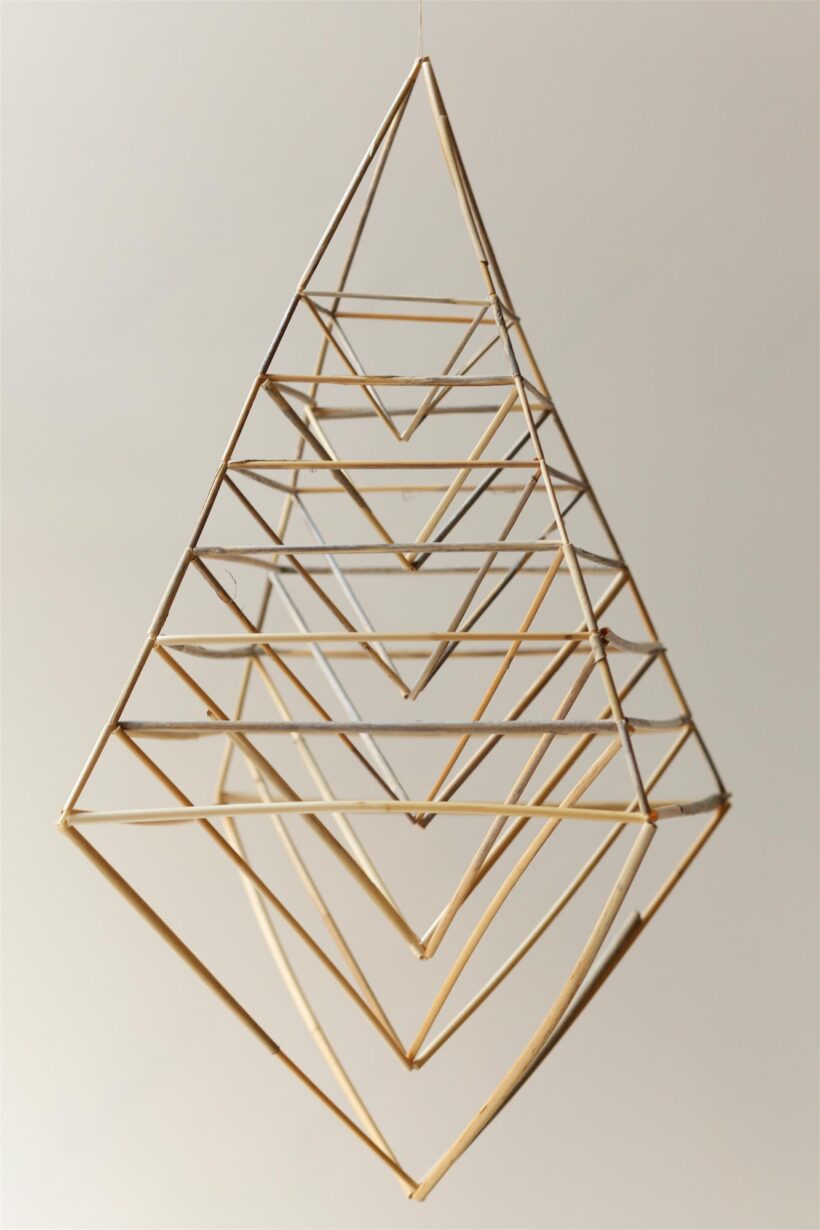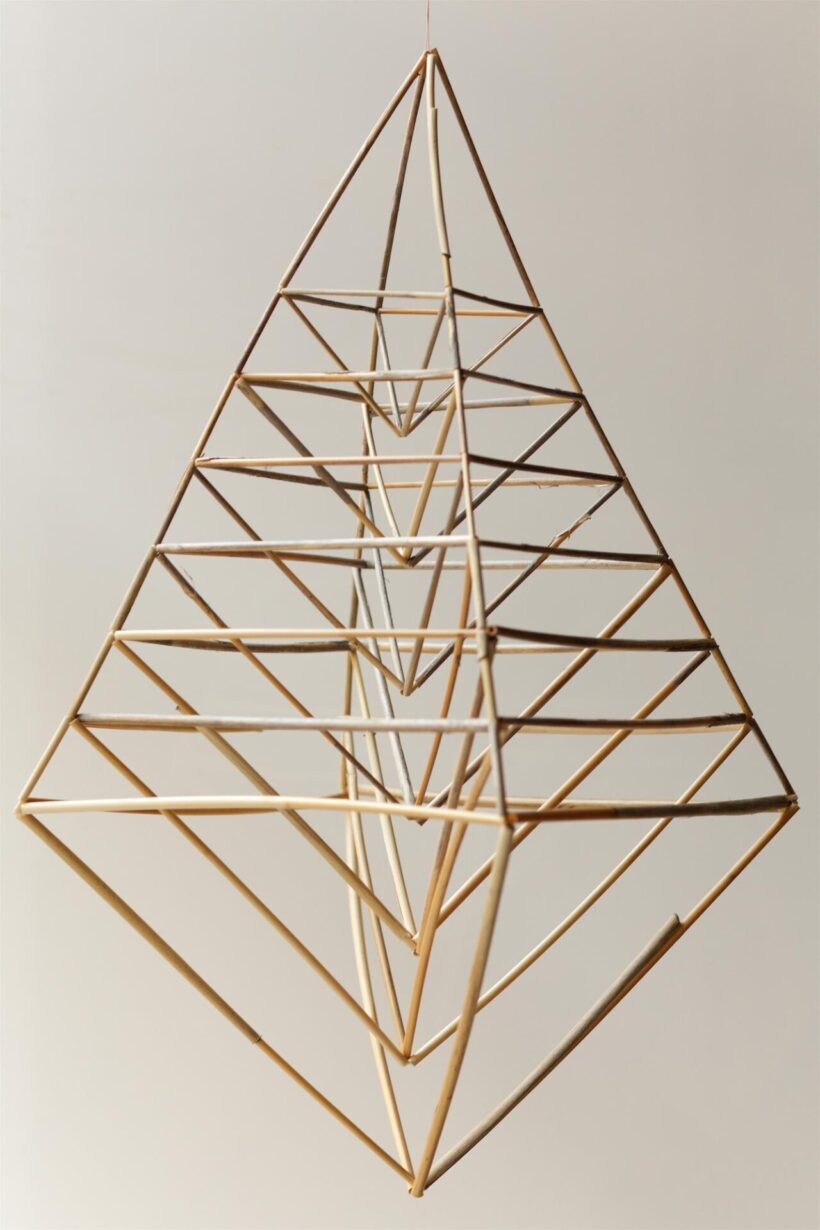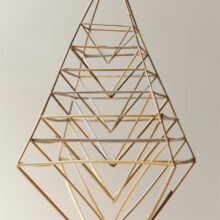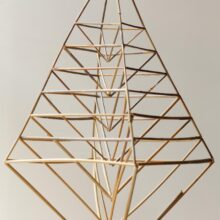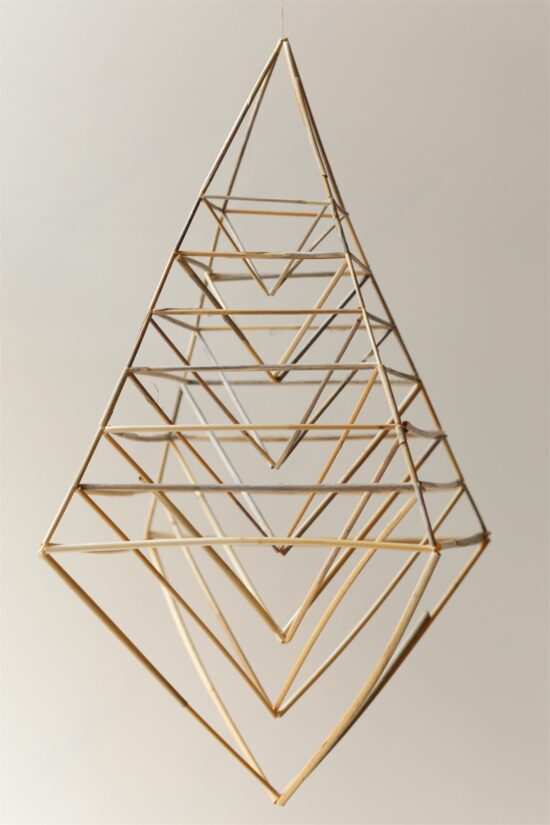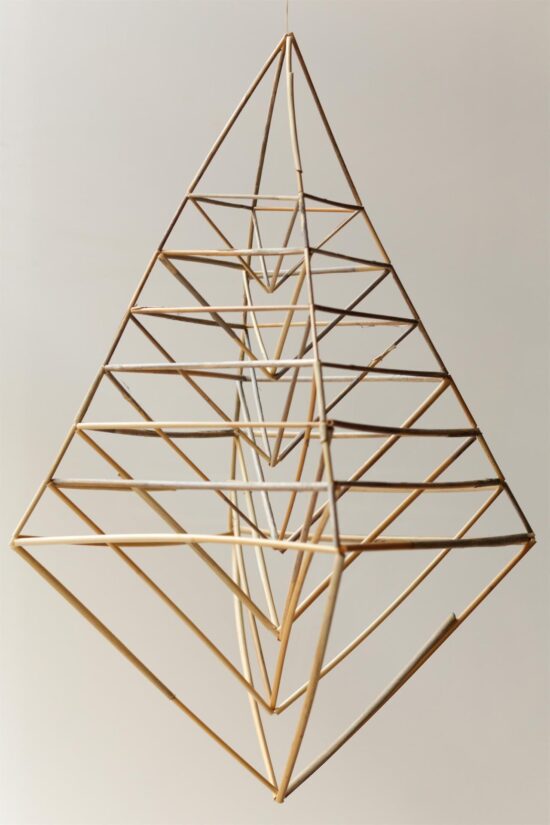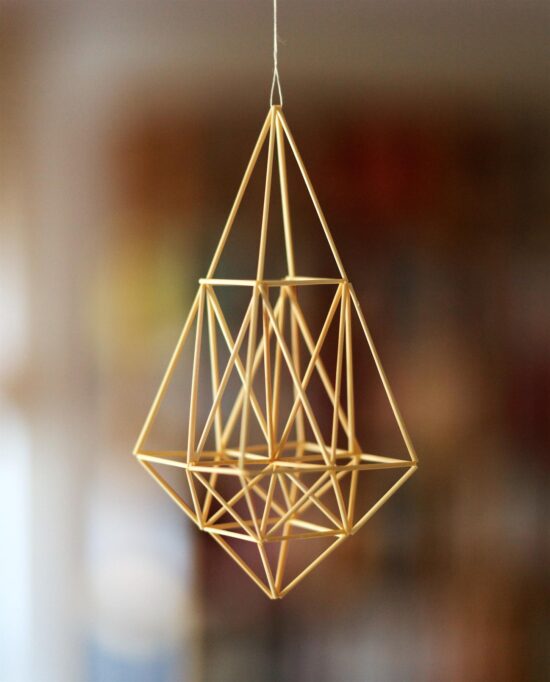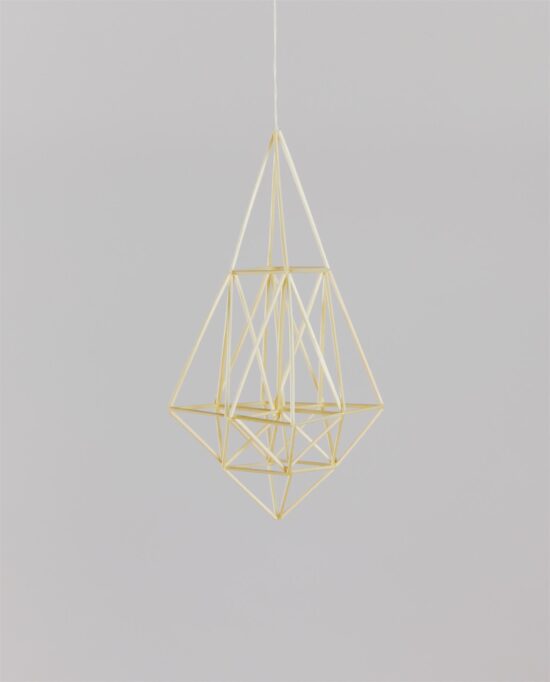LUODOLTA Himmeli | Eija Koski
| Medium | Sea cane, cotton string | Size | Height 60 cm, dia 30cm |
| Categories |
A himmeli is a traditional decoration made of straw or sea cane. The geometrical structure, combined with the slight gracious movement resulting from air flow in a room gives them a hint of magic. Handmade in Finland with dedication and soul by the skilful himmelist Eija Koski. If needed to clean, dust gently.
120,00 €
Available
| Shipping | The price of the artwork includes shipping within Finland Rest of the world: please contact info@lokalhelsinki.com for a shipping quote |
| View the piece | The work can be viewed at Lokal gallery, Annankatu 9, 00120 Helsinki. Please contact us at +358 41 314 1794 or info@lokalhelsinki.com to ensure the piece is at Annankatu when you plan to visit. Welcome to view the piece! |
“The quiet motion of a himmeli speaks to me in a language of mathematical beauty. A himmeli is like the Kalevala; it holds within it secrets if only one knows how to open its door. When I make a himmeli, each straw has its place. Every corner is in place. Everything has an order. In making a himmeli, I think that so it is in my life as well. Everything has a meaning. Every event has its meaning. Nothing is a coincidence. And finally the angles are aligned. That thought is very liberating to me. It feels as though I am a component of a universal law and order. Everything has pre-agreed lines and encounters.”
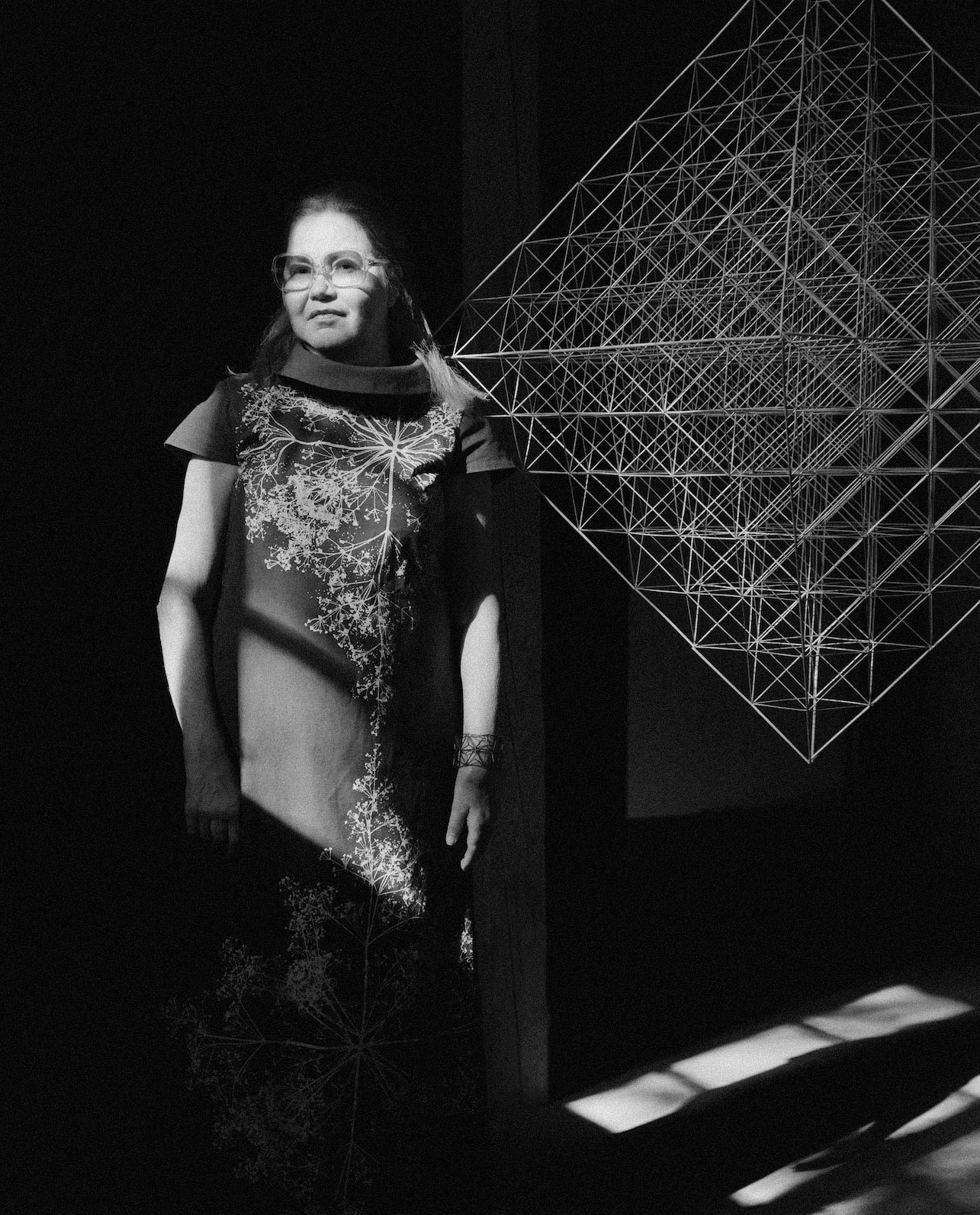
Eija Koski
